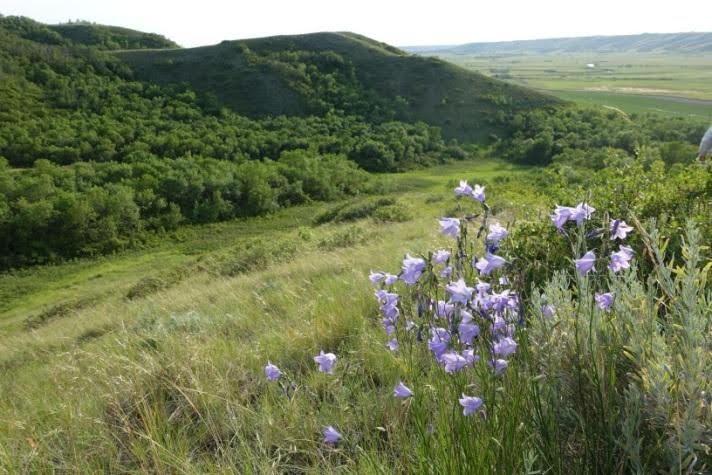Kinship
Queries/Drafts Due Date: November 14, 2025
Final Copy Due Date: December 15, 2025
Guest Editors: Niigaanwewidam Sinclair and Bob Somers
Editorial Board Liaison: Faye Langmaid
 As landscape architects we strive for the protection of spaces, often through policy. However; policy may not be enough to truly protect an area. Whose perspective are we using when drafting that policy? Ownership may not even be enough to protect spaces. Recognizing the relationship of humans and the natural environment as kinship may be what is required.
As landscape architects we strive for the protection of spaces, often through policy. However; policy may not be enough to truly protect an area. Whose perspective are we using when drafting that policy? Ownership may not even be enough to protect spaces. Recognizing the relationship of humans and the natural environment as kinship may be what is required.
The earliest national parks were often sacred places for indigenous peoples that colonialists appropriated to serve as tourist attractions. National parks evolved for the protection of spaces and conservation of endangered species…unique landscapes. To truly embrace reconciliation, should these protected spaces be returned to an indigenous philosophy of stewardship?
Different levels of government have taken action to protect large swaths of the landscape through policy, such as Greenbelt legislation. However, we have seen that even these areas are not truly protected from future development; protection can be lost once a government changes. Doug Ford’s government had to eventually back down from taking lands out of the Great Golden Horseshoe Greenbelt in the face of a deeply angered public.
When trust in government, political will and funding is lacking, alternatives such as land trusts and protection of areas through private-public partnerships have evolved. Some landscapes are now being given status as “beings” (i.e. personhood) to legally protect them from encroachment and change.
In this issue of Landscapes | Paysages we invite you to submit articles discussing landscapes that have been or are under threat and what intervention has been required to ensure conservation for future generations. For instance:
- Indigenous Protected and Conserved Areas (IPCAs) and other similar groups
- Indigenous-Led Area-Based Conservation (ILABC)
- Land Trusts
- UNESCO designation
- Legislative Acts
- Official Plan protection policies
- Heritage Designation (National, Provincial, Local)
- Community-based efforts
We invite your submissions! Drop us a line with your idea/thoughts/abstracts and we’ll get in touch to discuss how we can include your material in an issue that promises to be exciting and thought-provoking.
Please send ideas, abstracts to Faye or Laurie, and do not hesitate to contact us if you have any questions or require additional information.
Editorial Board Liaison
Faye Langmaid
fayelangmaid@gmail.com
LP Managing Editor
Laurie Blake
lp@csla-aapc.ca
General Guidelines for Contributors
We welcome a range of formats, including:
- Feature Articles: In-depth explorations of 1,200–1,500 words.
- Prologue Articles: Short reflections or provocations of 300–500 words.
- Case Studies: Examples of projects that integrate playful concepts.
- Interviews: Conversations with practitioners, policymakers or academics or those with something to contribute to the topic.
- Visual Content: Infographics, maps and other visuals that illustrate the topic.
- Illustrations: Supply 10-12, high-resolution images (300 dpi) for feature articles and 2-3 for shorter pieces, with captions and photo credits. Further photo guidelines available upon request.
Biography
- Please provide a brief bio (around 50 words), a photograph, your preferred email address and a mailing address (for complimentary copies). Our authors are the voice of LP, and our readers appreciate knowing where you are coming from. In your brief bio, please DO include a mention of your work or home base – but please keep the data brief. Instead, we invite you to use the space to tell us something about yourself, and your link to the story you are telling in the magazine, or to the issue’s theme.